We've been modernising our Antarctic infrastructure for future generations of polar scientists. Construction in the Antarctic is challenging and the Antarctic Infrastructure Modernisation Programme (AIMP) has made great progress at Rothera Research Station. The programme will transform how the British Antarctic Survey enables and supports polar science.
Last season we completed a number of construction milestones including making the new science and operations facility, the Discovery Building, weathertight and the runway replacement lighting becoming operational. The upgrades completed to the runway lighting and operational equipment ensure resilience and maintain safe flying operations at Rothera.
This season has been focussing on the internal fit-out of the new building and resurfacing the runway. The runway is an important international gateway for Antarctic science and recent works ensure we can continue to offer aircraft facilities to ferry cargo, scientists and support staff to research stations in the polar regions.
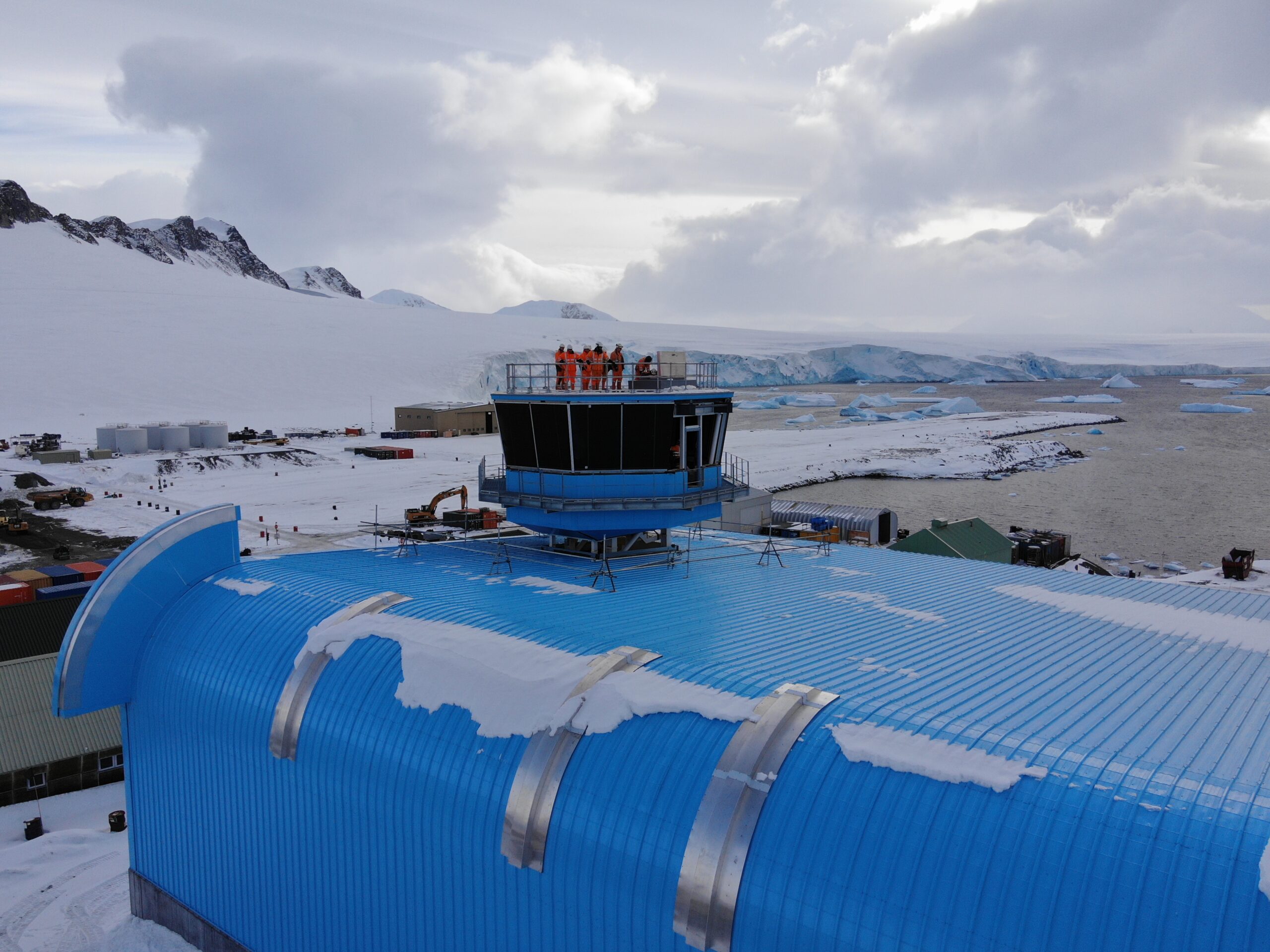
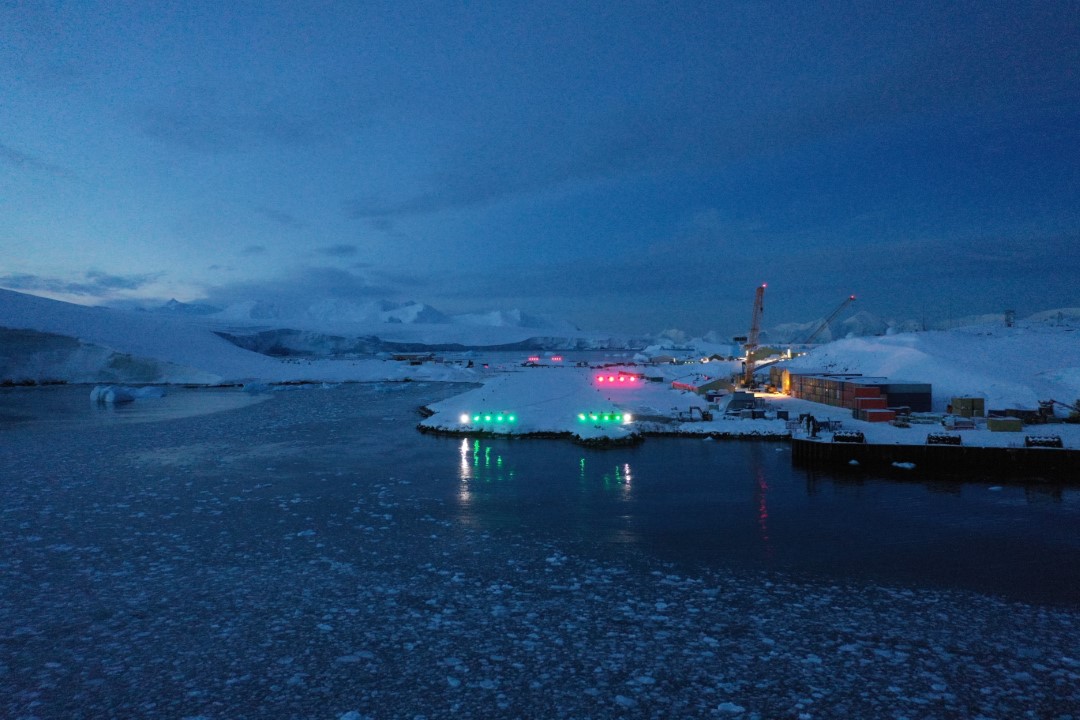
Modernisation progress
Earlier this year, the RRS Sir David Attenborough polar research ship arrived at Rothera carrying more people, supplies and containers of cargo needed for modernising the station. The modernisation works are progressing well with construction of the Discovery Building ongoing. Mitigations are in place to manage any delays.
So far, new Photovoltaic panels have been installed along with ventilation grilles to the outside of the building. The internal fit-out of the building has been taking shape on both floors. External glazing has been fitted to the building's new octagonal operations tower - essential for providing 360-degree views of the runway, wharf and station buildings. The operations tower will be the hub of local and deep field radio communications on the continent. It will span aviation, marine, science, field and future construction operations.
The runway resurfacing is now complete - a significant milestone. Our teams have worked hard to complete engineering works and have laid, compacted and trimmed the surface of the runway. The runway was constructed in 1990 and since then has undergone basic maintenance. We've now restored the camber to the runway to enhance drainage, improve the surface and give the runway longevity for future Antarctica operations.
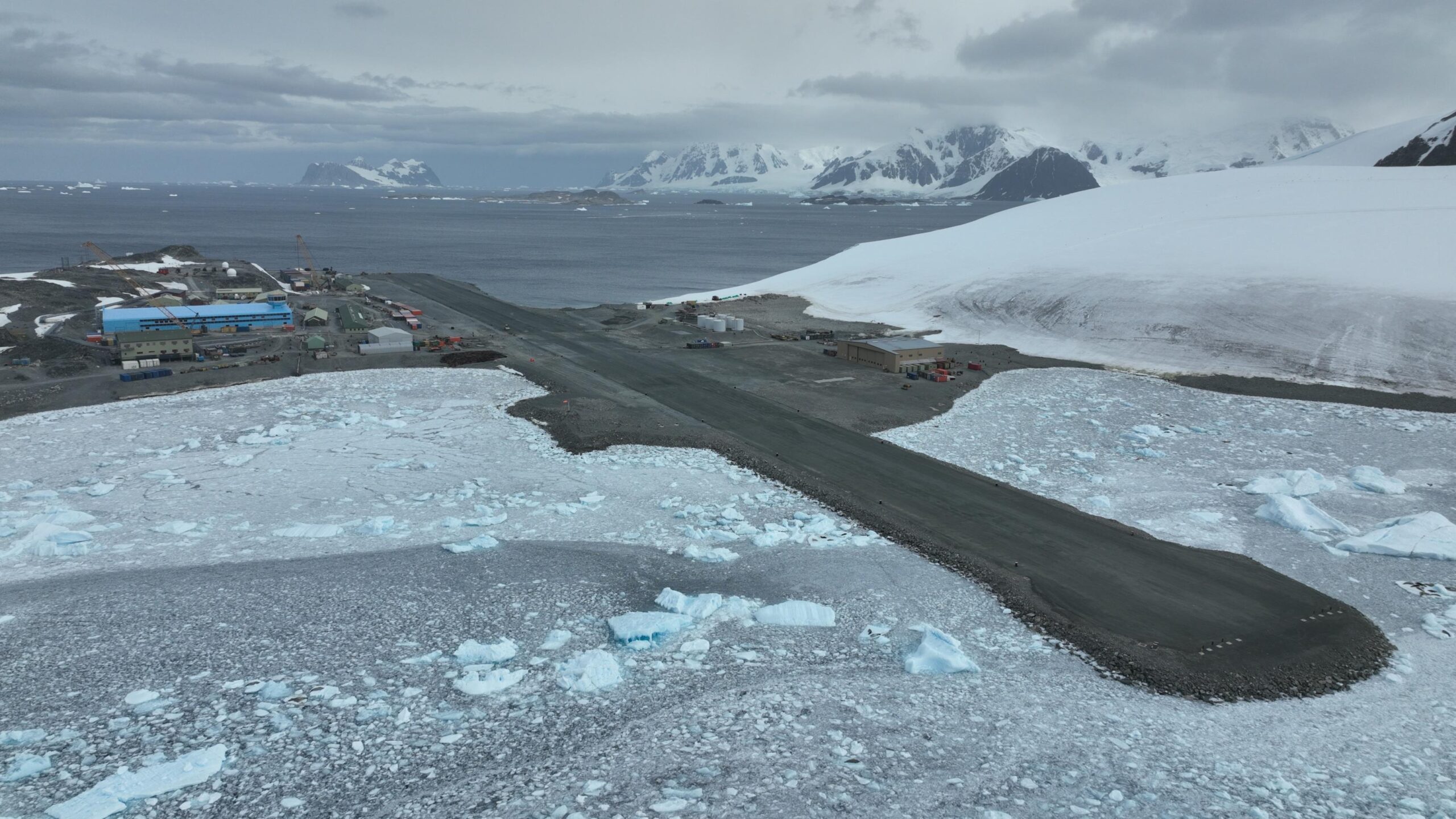
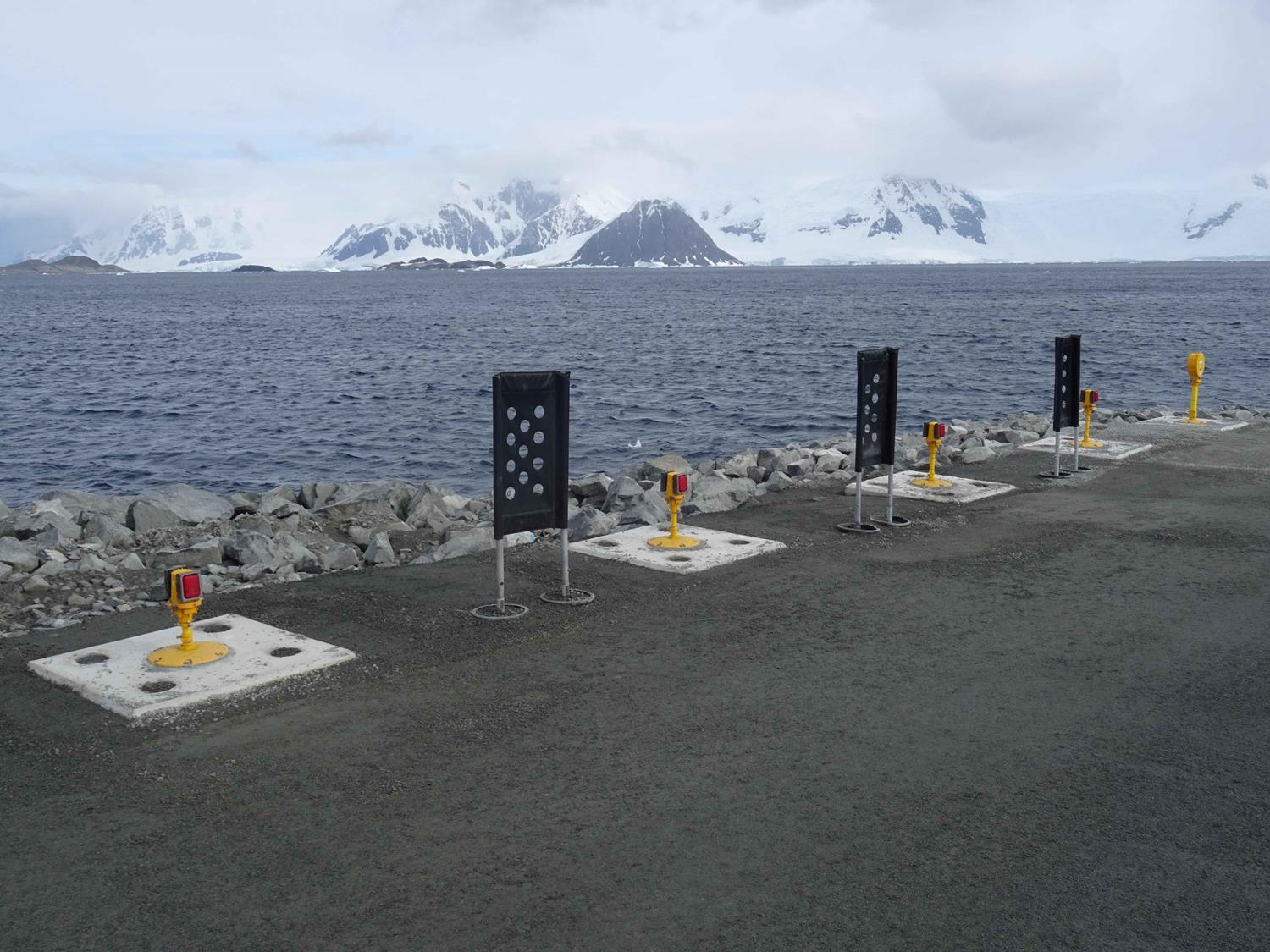
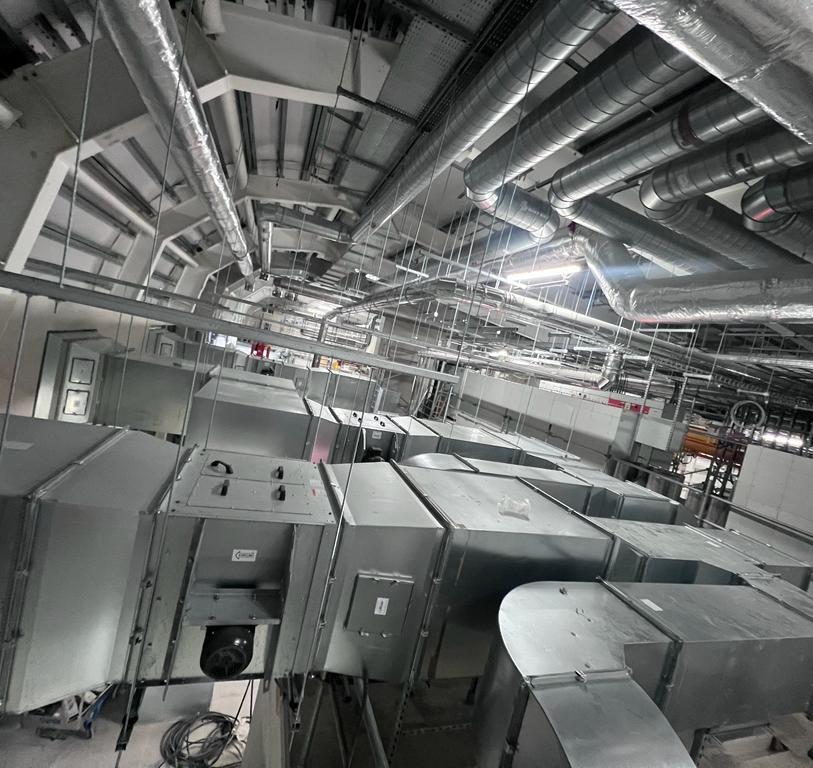
Plans for Winter works
The programme of works is delivered in partnership with BAM, Ramboll and Sweco. Around 55-64 people have been on station as part of the construction team (through our partner BAM and their sub-contractors). For the first time since construction began in 2019, there will be members of the AIMP team 'wintering' at Rothera along with the station's existing team of 'winterers'. These are the people who stay in Antarctica during the winter months from March through to October where the days have 24 hours of darkness.
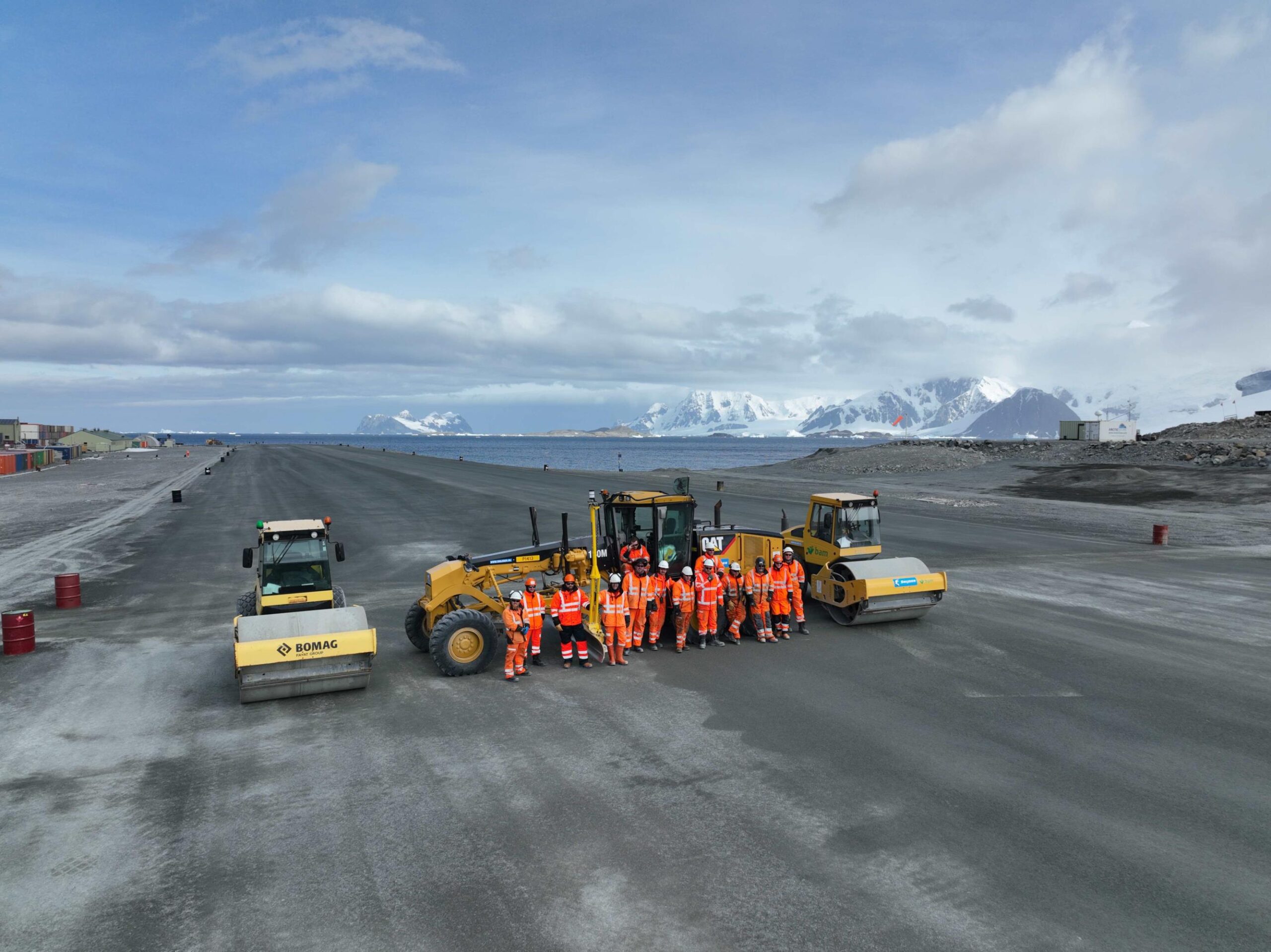
A new scientific support and operations facility
The Discovery Building is a new two-storey scientific support and operations facility to replace older buildings that have reached the end of their life - some of which are up to 50 years old. The programme aims to replace old buildings that have reached the end of their life with modern and energy-efficient infrastructure that should need less maintenance. Automated back-up support features mean should a fault occur, the system can be returned to operation quickly reducing any disruption to life on station. The building has been designed with a focus on sustainable and environmental design and will house both the science and operations teams at the UKs largest Antarctic research station.
Take a digital walk-through the new Discovery Building
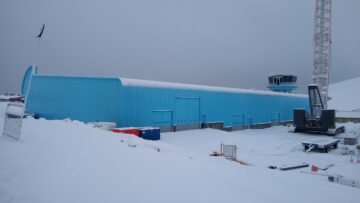
Thanks go to…
We'd like to thank everyone involved, particularly those at the station, for their patience and understanding whilst the modernisation takes place at Rothera. We're looking forward to seeing the new infrastructure in use and supporting polar science for future generations.
Antarctic Infrastructure Modernisation Programme partnership
The Antarctic Infrastructure Modernisation Programme was commissioned by the Natural Environment Research Council (NERC-UKRI) to enable a world-leading capability to ensure that Britain remains at the forefront of climate, biodiversity and ocean research in the Polar Regions. The work is part of a collaborative partnership with construction partner BAM, design consultants Sweco and Hugh Broughton Architects providing delivery design. Ramboll acts as technical advisors, with Norr Architects providing concept design, OFR providing fire consultancy and Turner & Townsend providing cost and commercial advice.






